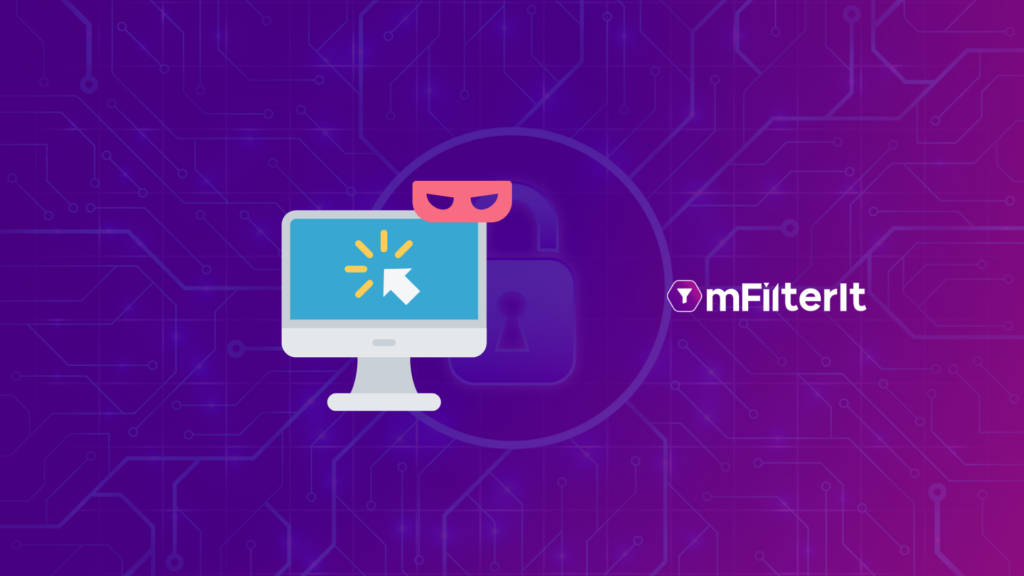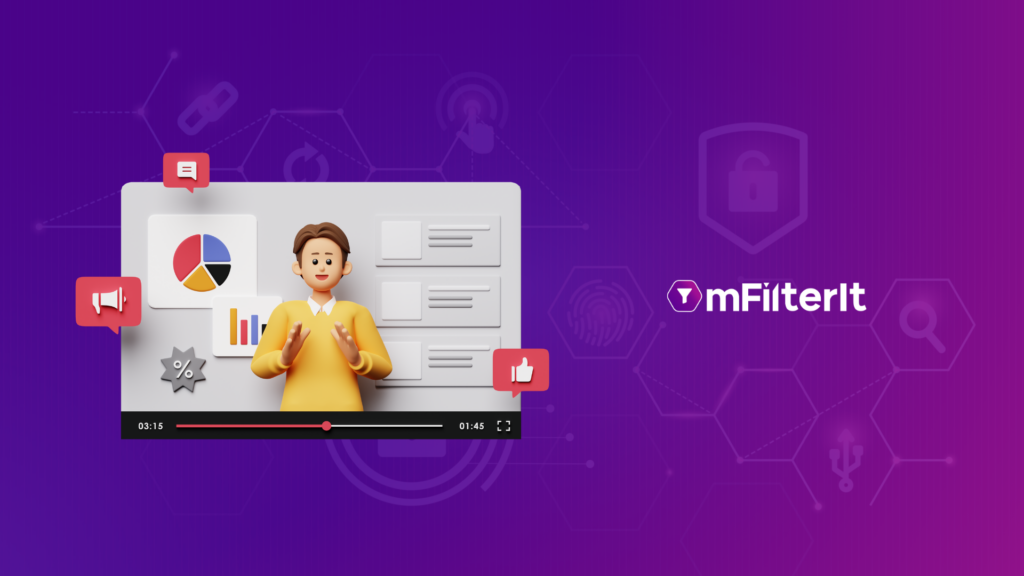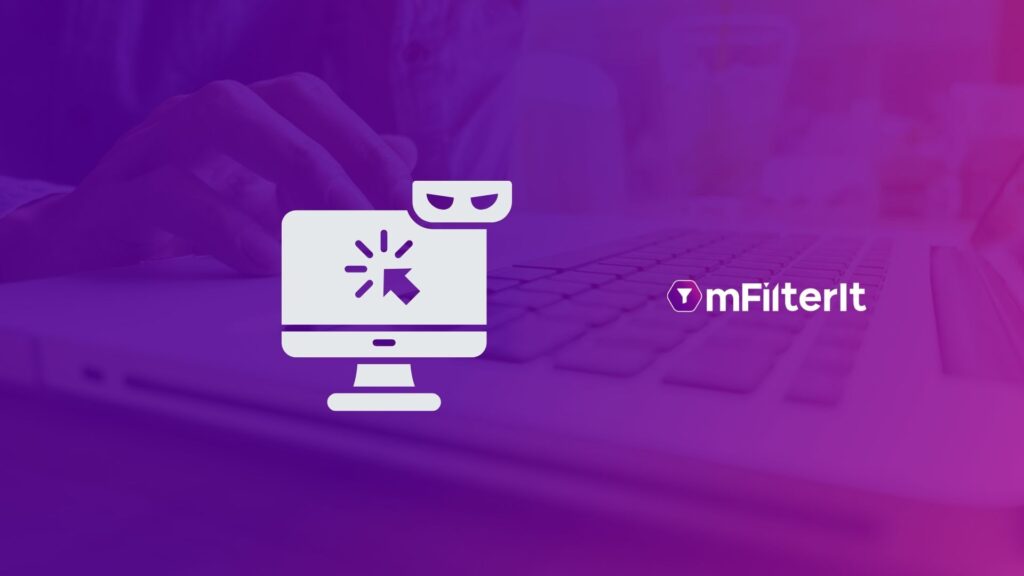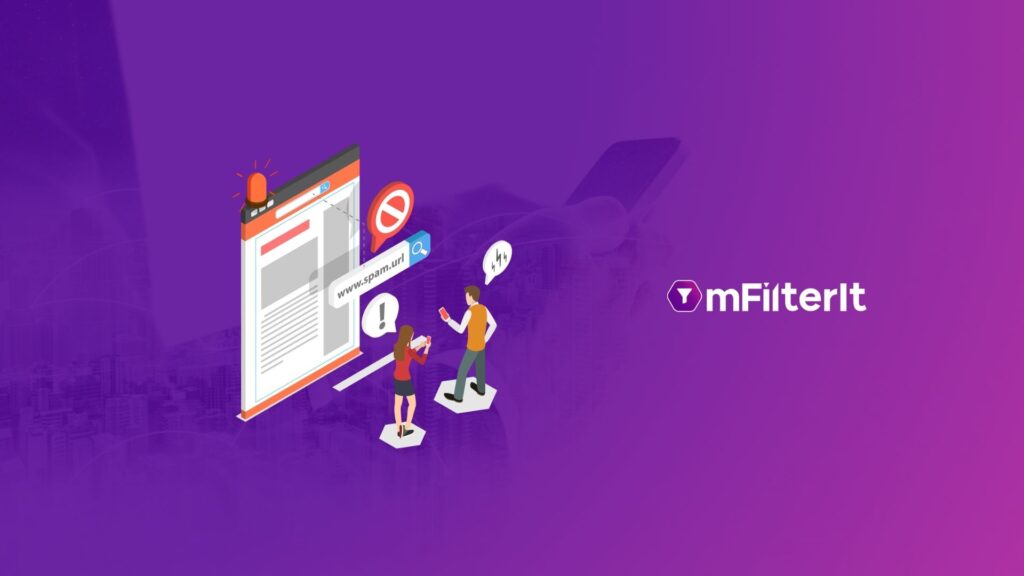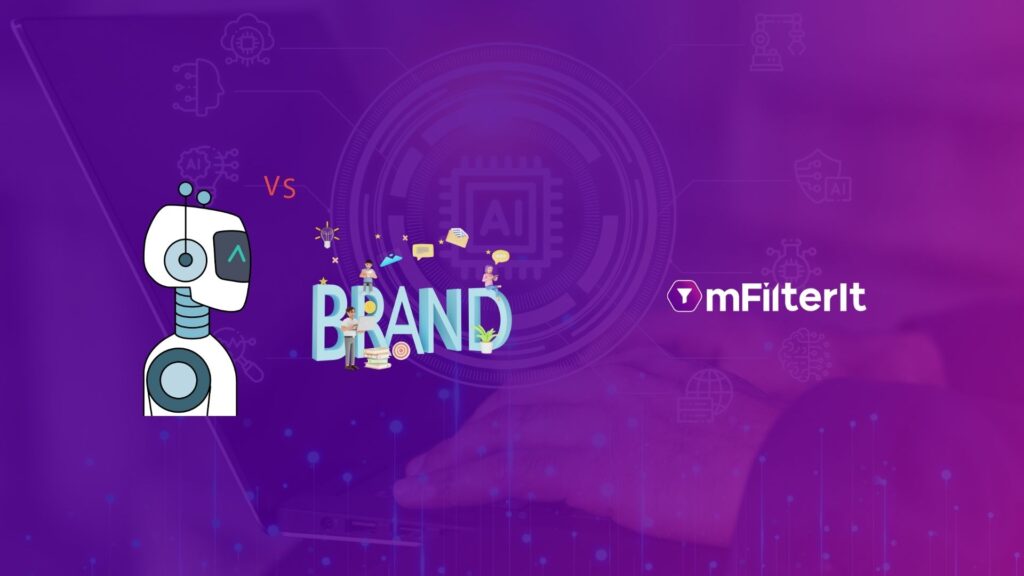Ad Fraud to Grow in All Dimensions – Research
A research study powered by mFilterIt shows that the average ad-fraud rate is likely to peg between 45-55% as Digital Advertising gets the ‘Essentials’ tag in the new standard business setup. Market researcher techARC announced yesterday ‘The Ad-Fraud Report’ revealing some interesting insights about how Digital Advertising is becoming an essential element of businesses and the broad impact of this reorientation on Ad-Fraud. Some of the key insights are enumerated below: – Even if an ad-fraud solution gives 1% better results than the competition, it would mean a lot of money. The ad-fraud average for Digitally Mature organizations is 25-35%. However, the absolute numbers will grow as marketers shift more and more budgets towards Digital Advertising. This means the money wasted due to ad fraud will increase. In this case, marketers would require a holistic and advanced solution that gives maximum protection. The New Entrant sectors and organizations have a learning curve journey to aboard. For these advertisers, it is a must to have an ad-fraud protection solution in the digital tools’ checklist. With almost no internal capabilities and industry benchmarks available, the SIVT percentage, hence the ad-fraud rate, will be much higher, estimated to be 45-50% of the spending. Digital Advertising has become essential for every organization in the new everyday business practices. As a result of the Covid-19 pandemic, marketers have curtailed 30-50% of the overall marketing spending. However, at the same time, many have doubled their digital spending. Performance Marketing techniques are taking precedence in the Digital Marketing mix for organizations. No organization, even the lesser-knowns, is taking the long route of investing in building a brand and then expecting to create a pull. It is an aggressive push strategy at the moment. Investing in Keyword and Search marketing is becoming more relevant and vital. It helps brands, especially the new ones, improve their discoverability as consumers – business and end-users- look for new products and solutions to cope with new standards in their respective domains. Brands must not allow this spending to go unchecked. There was an average of 30-35% wastage for some of the digitally mature brands in keyword spend. This also hurts the organic evolution of brands over digital. Marketers are moving towards more immersive engagement, increasing dependence on video advertisements. Being available on relevant channels and not getting associated with postures entirely against the brand philosophy is a significant concern for advertisers. The tools presently used to ‘handle’ ad fraud primarily come from Brand Marketing orientation and prove ineffective. Performance Marketing needs advanced machine learning capabilities which can penetrate deep into the digital advertising ecosystem to follow the trail and decipher what’s fraud and what’s not. The report based on mFilterIt’s data analysis and primary research findings prescribes a robust set of best practices for marketers to follow to extract the most out of this new normal and get their fundamentals right to have a real early mover’s advantage. To learn about the best practices and other industry insights, fill up the below form and free access to the report. Read more: Ad-fraud in re-targeting campaigns.
Ad Fraud to Grow in All Dimensions – Research Read More »


